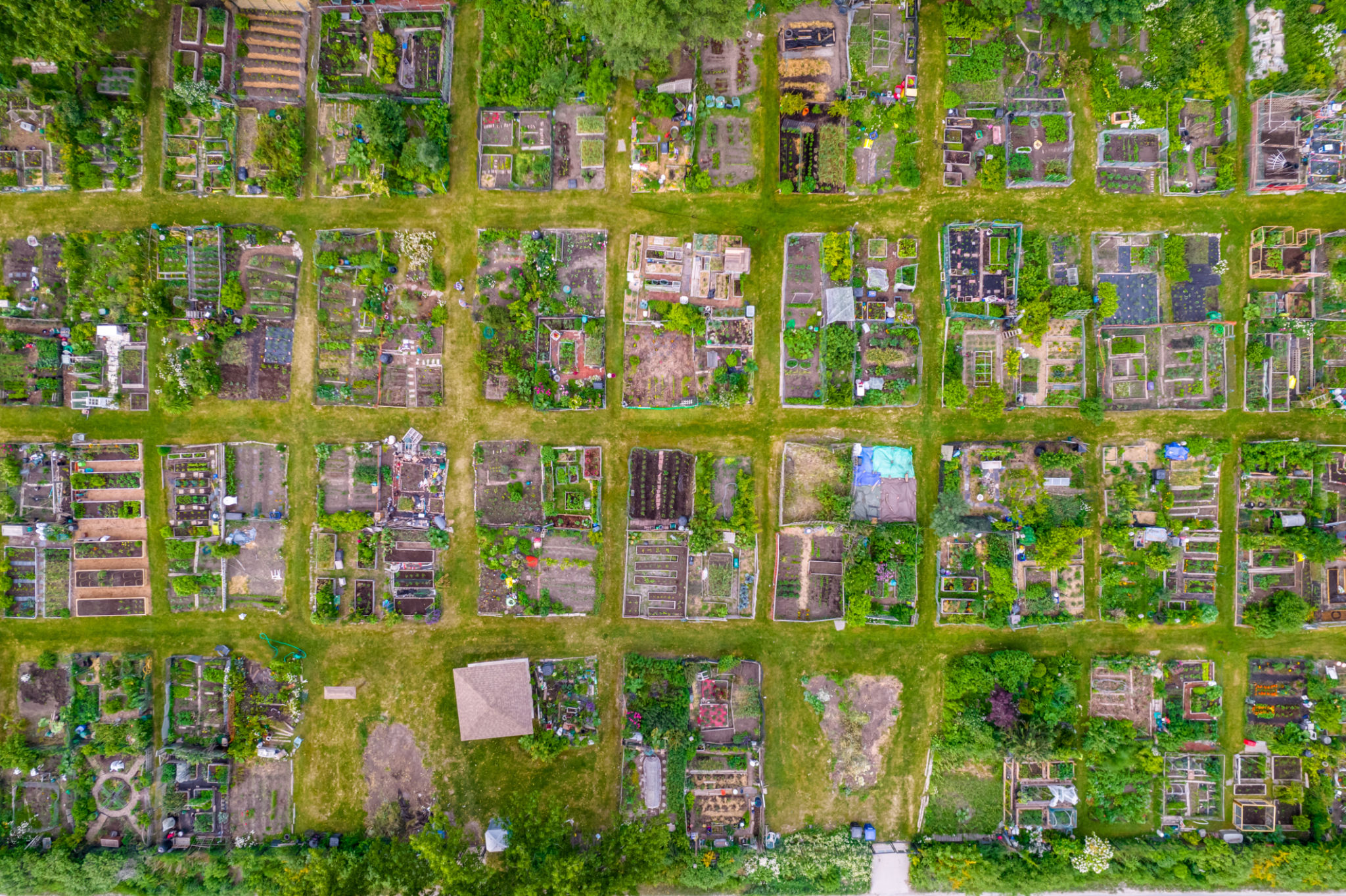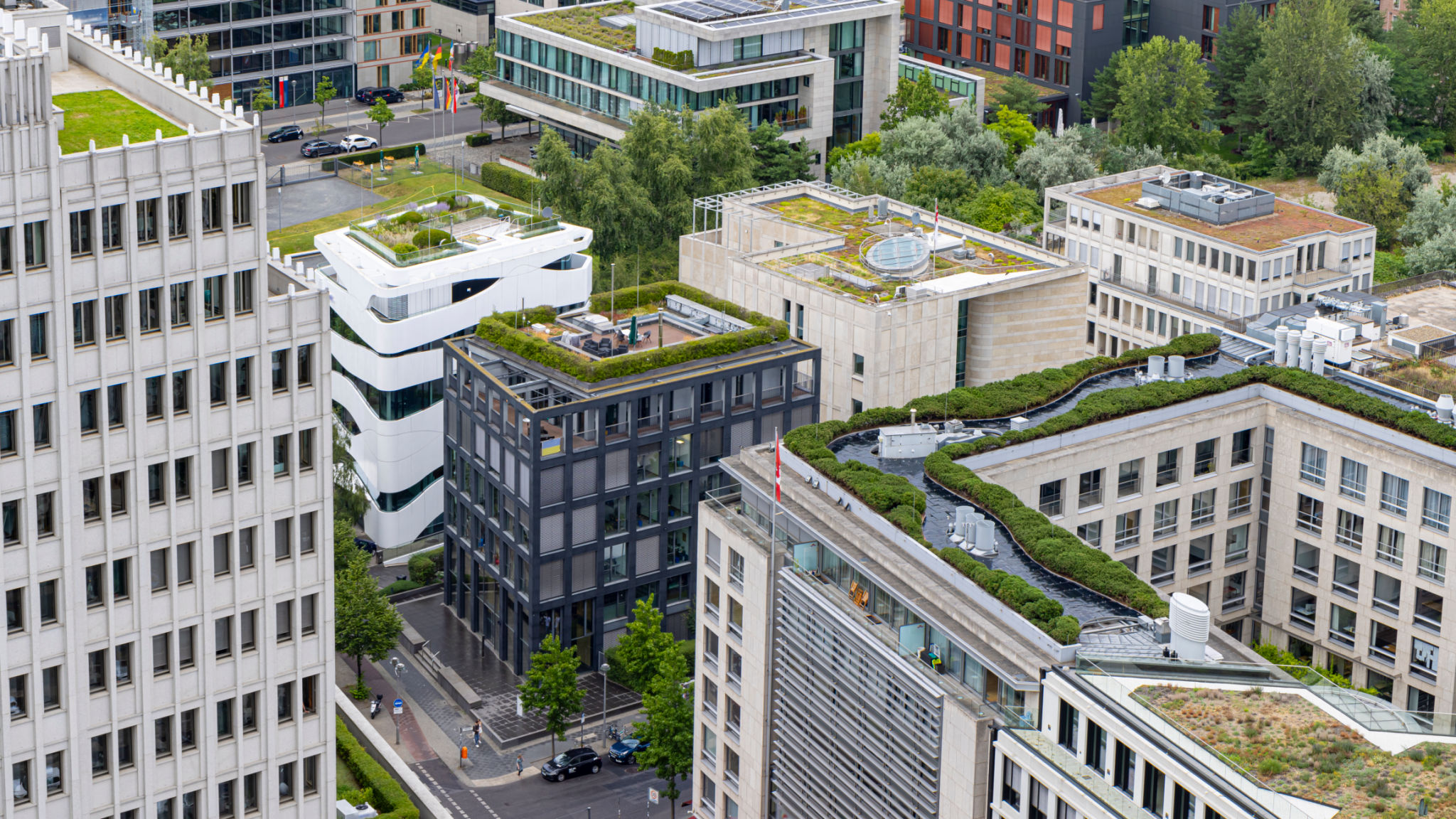Why Eco-Friendly Lawns are Gaining Popularity in Urban Areas
The Rise of Eco-Friendly Lawns
In recent years, eco-friendly lawns have been gaining significant traction in urban areas. As city dwellers become increasingly aware of environmental concerns, they are seeking ways to reduce their ecological footprint. One way this is achieved is through the adoption of sustainable landscaping practices. These lawns not only offer aesthetic appeal but also contribute positively to the environment.

Benefits of Eco-Friendly Lawns
Eco-friendly lawns are celebrated for a variety of reasons. They require less water, reducing the strain on urban water supplies, and they often eliminate the need for harmful chemical fertilizers and pesticides. This shift not only supports the environment but also promotes healthier living spaces for residents and local wildlife.
Many eco-friendly lawns incorporate native plants, which are better adapted to local climates and soil conditions. This results in reduced maintenance and fewer resources needed to maintain their health and vibrancy. Additionally, these lawns can improve air quality by absorbing carbon dioxide and releasing oxygen.
Urban Challenges and Solutions
Urban areas face unique challenges when it comes to creating sustainable landscapes. Limited space and high population density can make it difficult to implement traditional gardening practices. However, innovative solutions such as vertical gardens, rooftop gardens, and container gardening are providing urban residents with viable alternatives.

These innovative approaches not only maximize space efficiency but also contribute to urban biodiversity. By incorporating a variety of plant species, these gardens support pollinators like bees and butterflies, which are crucial for maintaining healthy ecosystems.
Cost-Effectiveness and Long-Term Savings
While the initial investment in an eco-friendly lawn may be higher than conventional options, the long-term savings are substantial. Reduced water bills, minimal maintenance costs, and the elimination of expensive chemicals contribute to significant financial benefits over time.
Furthermore, eco-friendly lawns can increase property values. As more homebuyers prioritize sustainability, properties with green features are becoming increasingly desirable. This trend reflects a broader shift in consumer values towards environmentally responsible living.

Community Impact and Engagement
Eco-friendly lawns also foster community engagement. Urban gardening initiatives often bring neighbors together, creating opportunities for collaboration and knowledge sharing. These green spaces become communal areas where residents can connect with nature and each other.
Moreover, public awareness campaigns and educational workshops on sustainable landscaping can inspire individuals to adopt these practices in their own homes, further promoting environmental stewardship across urban communities.
The Future of Urban Landscapes
As the popularity of eco-friendly lawns continues to grow, urban landscapes are poised to undergo a transformation. Cities around the world are increasingly integrating green spaces into their planning and development efforts. This shift not only enhances urban aesthetics but also contributes to healthier, more sustainable living environments.
Embracing eco-friendly lawns is a step toward a greener future, where cities and nature coexist harmoniously. By prioritizing sustainable practices, urban areas can become vibrant hubs of biodiversity that benefit both people and the planet.